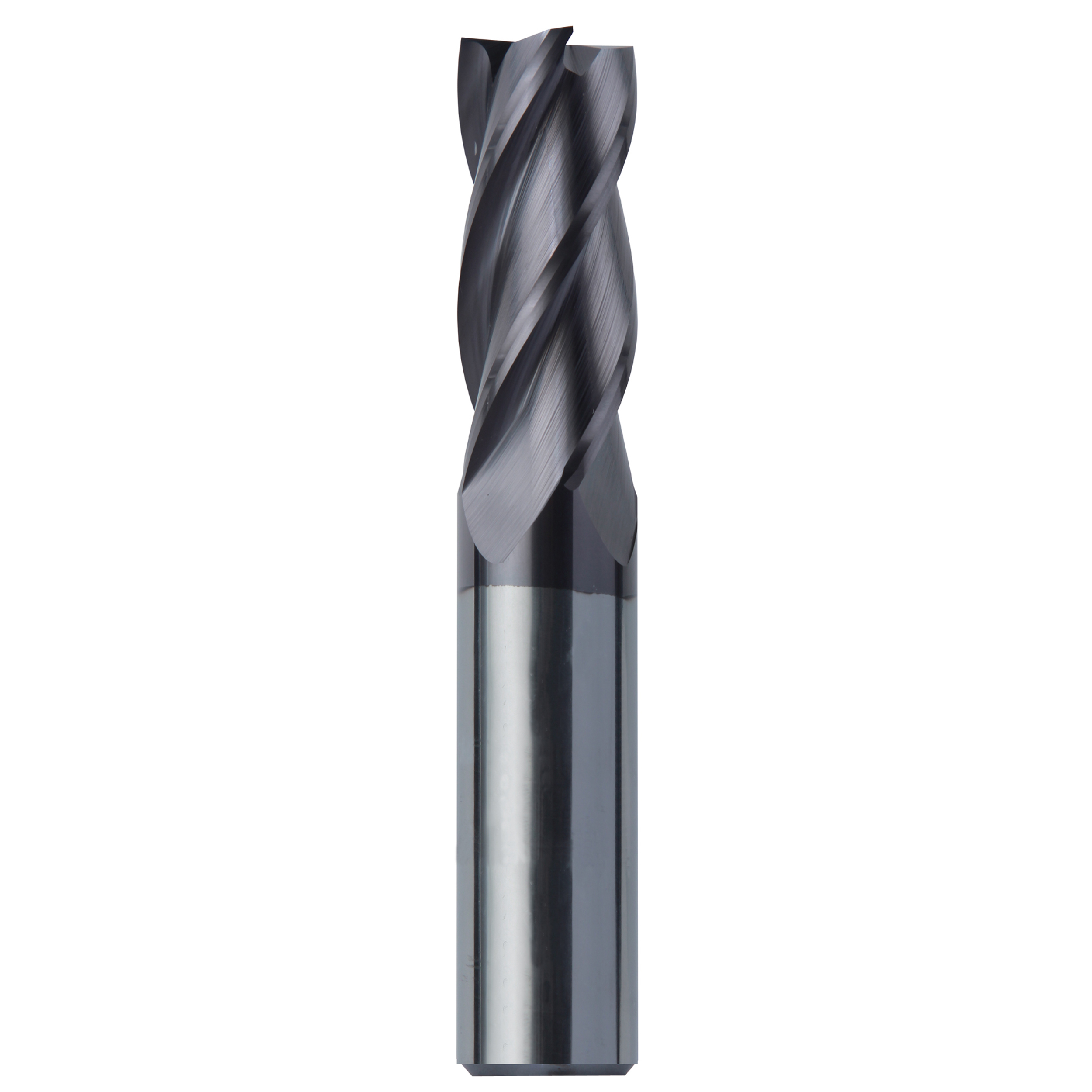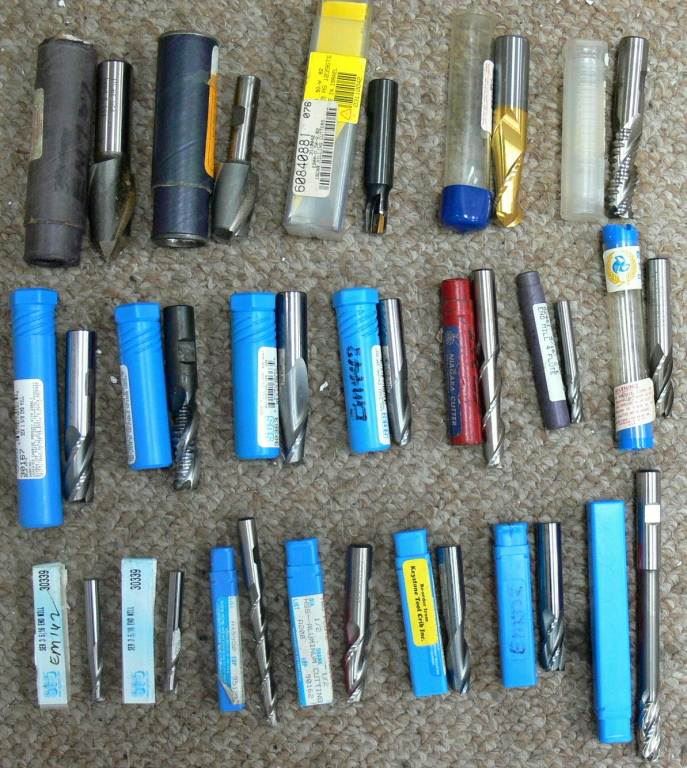

They also have high heat resistance and are best suited for working with the most rigid material, even at high speed. Tungsten Carbide End Mills: They are more expensive than HSS but offer more toughness and resistance to wear and tear conditions.High-Speed Steel (HSS) End Mills: They ate relatively cheaper than solid carbide but have reduced speed capabilities and a little low life span.End Mills Type: Classification Based on MaterialĮnd mills are often manufactured with either cobalt steel alloys (High-Speed Steel) or tungsten carbide.

Also, they are the more common types of end mills used in machine shops. 4 Flute End Mills are best suited for cutting workpieces that are considered too hard to work with 2 flute cutters.3 Flute End Mills have good chip removal and average resistance to wear and tear.2 Flute End Mills are ideal for aluminum and wood because they are softer and produce larger chips.Therefore, manufacturers may need to consider the material they are working on before deciding the kind of end mill to use for their fabrication. However, reduced flutes denote better chip clearance and reduced heat build-up. Typically, end mills have 2, 3, or 4 flute configurations, though the 3 flutes end mills are less common than the other two.Īn increase in the number of flutes will cause an increased feed rate of the cutters and the production of cuts with better surface finish.

The flutes are the spiral grooves on the cutting edge of end mills that allow chip formation removal during cutting. It reduces the splintering of the workpieces and is suitable for making pockets with flat bottoms, plunge routing, precise contours, etc.Įnd Mills Type: Classification by Number of Flutes


 0 kommentar(er)
0 kommentar(er)
